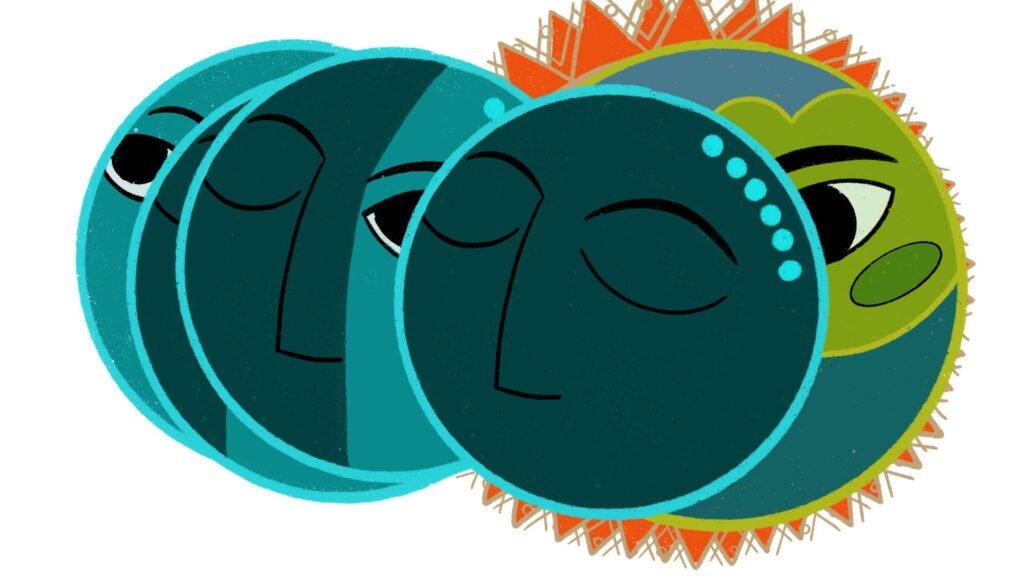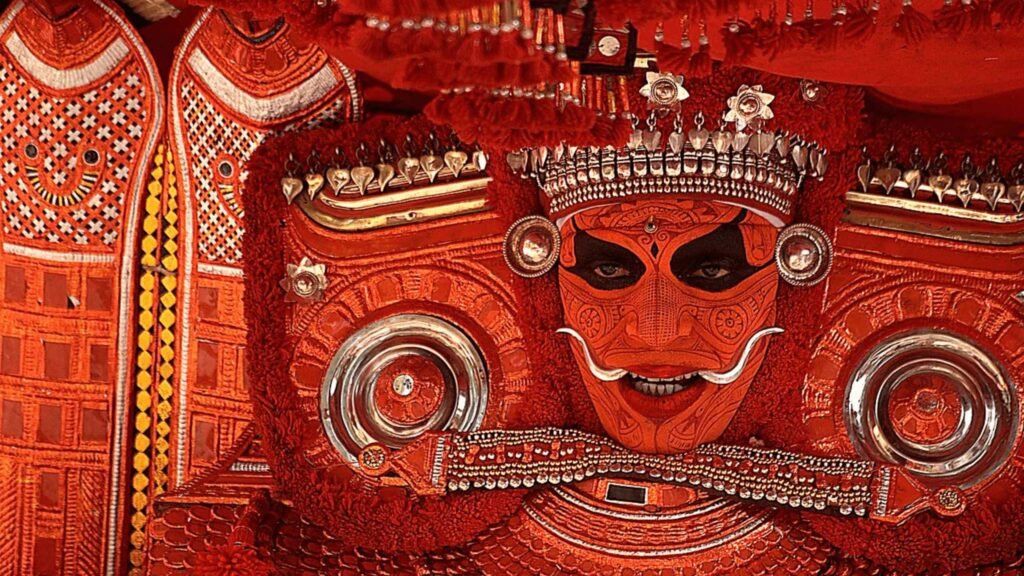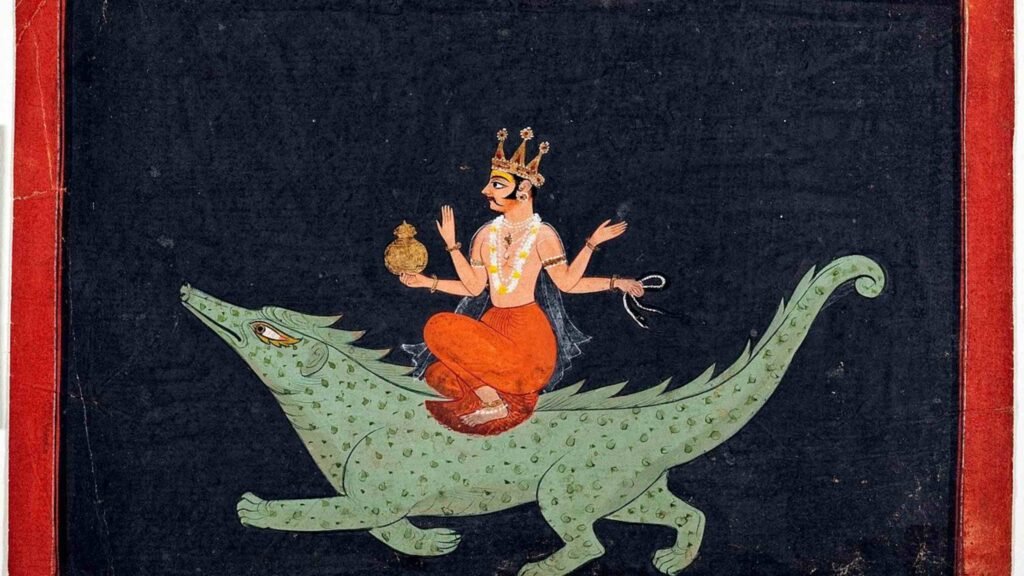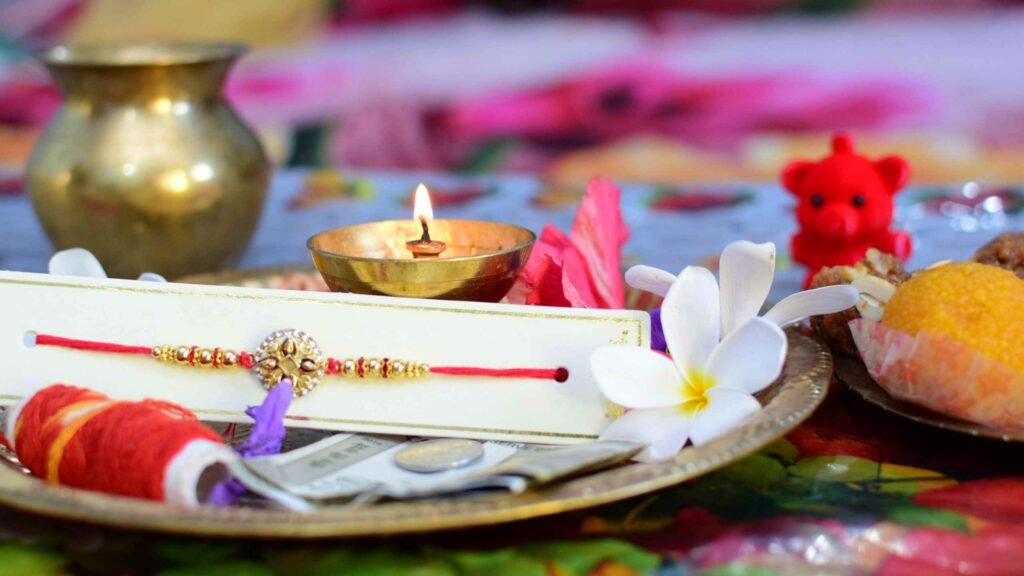The Parsis are a micro-minority community in India (by one estimate there are less than 70,000 Indian Parsis). Yet, they have produced a disproportionately large number of high achievers in many spheres: arts, sciences, cinema, business, military and more. They have rich traditions and follow a religion called Zoroastrianism that is at least 3,000 years old.
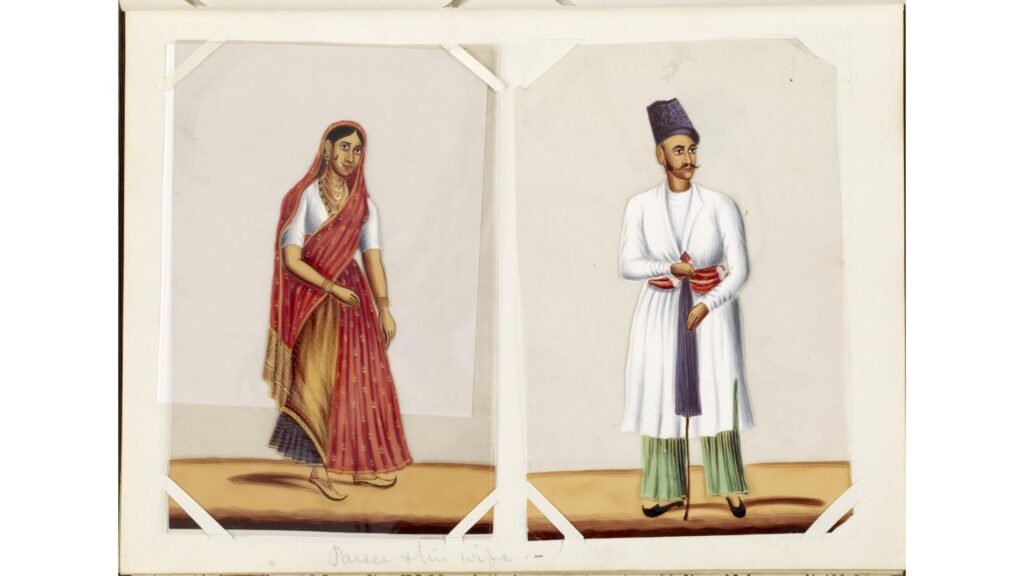
One unique tradition is that they celebrate the New Year twice every year. How can a calendar have two beginnings? Let us start at the beginning, from prehistory. According to Parsi tradition, the ancient Persian empire was once ruled for 700 years by the greatest of the Peshdadian dynasty kings named Jamshed. (The ancient Persian Empire was much larger than contemporary Iran. It covered vast tracts of West Asia.) Jamshed was wise and compassionate and had the blessings of the Parsi god Ahura Mazda and the counsel of Sarosh Yazad, an angel of the god. Early in his reign, Sarosh Yazad alerted him to take precautions against a humongous snow storm that would strike the world and cover it with ice. So Jamshed moved his people along with a pair of every species of plant and animal to a higher region.
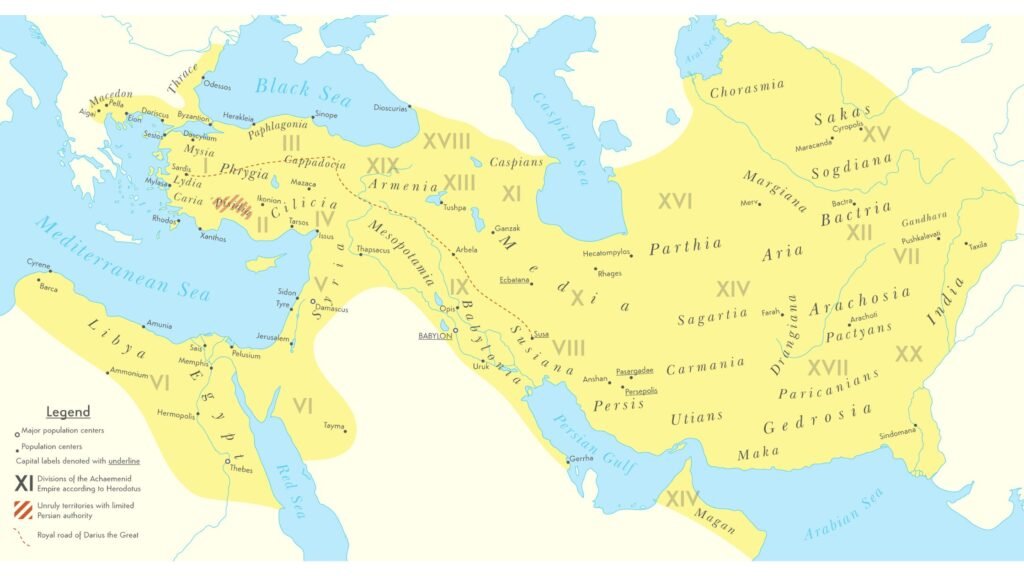
The storm raged for a long time. Then, on the day of the Vernal Equinox (21st March by the modern calendar), the snowstorm passed over, spring arrived, and prosperity returned. Jamshed was now crowned on a new throne, and the good days returned. Evil was suppressed, imperial benevolence grew, disease became non-existent, and people became virtually ageless. The day that Jamshed crowned himself, the Vernal Equinox Day, was celebrated by Parsis as the dawn of a new era. And it was called Navroz (meaning ‘New Day’) or Jamshedi Navroz. This New Year has been celebrated for centuries ever since, not only in Iran but also neighbouring countries like Tajikistan, Azerbaijan, Armenia, Georgia, Afghanistan and others (which were probably influenced by the greater Persian Empire).
Remember, many ancient societies (like the Arabs, Egyptians, Greeks, and the Indians, of course) had extremely talented astronomers. Even with naked-eye observations of the Sun and the Moon, they could measure time with a fair degree of accuracy. The Moon gave them measurement of the month, the Sun gave them measurement of the year. Ancient Persian astronomers calculated a month as 30 days (known as Roj). This was an approximation of the actual interval of 29.5 days between one new moon and the next. Interestingly, each Roj had a name (unlike the Gregorian and Hindu calendars, where we have names only for the seven days of the week). These names repeated every 30 days, because each of the 12 months (known as Mahs) had a standard number of 30 days. The Persians also calculated a year as 365 days. Now the problem was that 12 months did not add up to one year (12 x 30 = 360, not 365). Even in Jamshed’s times, they recognised this and added five days (known as Gathas) to the 12th month. The new year began on the first of Farvardin, which was the first month. This system, called the Shahenshahi (or Imperial) Calendar, was a good approximation, and reconciled the lunar and solar calculations of a year.
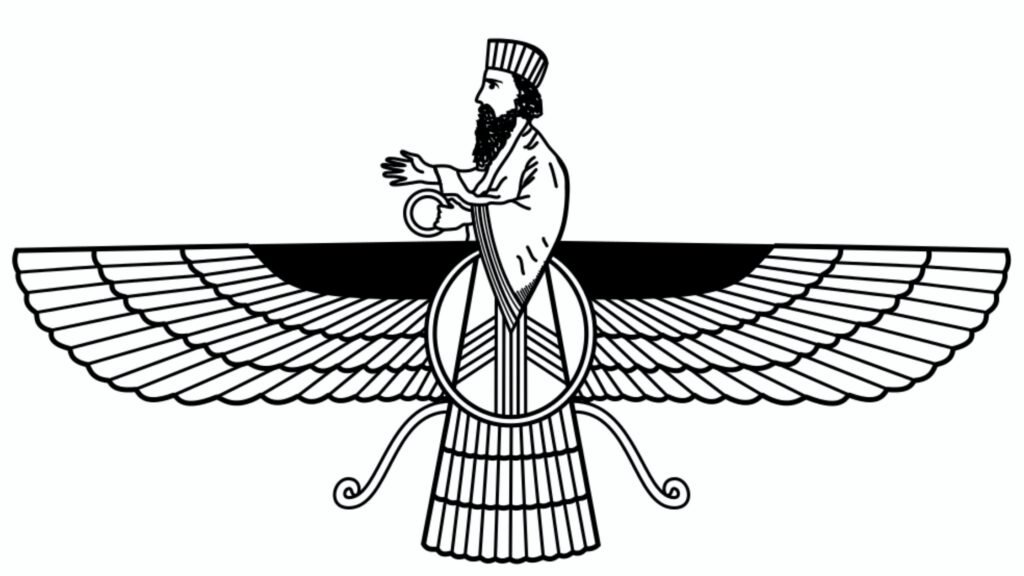
Yet, they ignored one problem. A year (the time taken by the Earth to orbit the sun) is 365.25 days, not 365. At first, 0.25 days seemed like a very small difference. But every four years it added to a full day. So, every year the Parsis were celebrating the Navroz earlier and earlier. In the year 1006 CE, the Shahenshahi calendar had swallowed a full year, so that the Vernal Equinox day of the Shahenshahi and Gregorian calendars had a perfect match! The problem was no longer small and so Parsi scholars consulted the Denkard – the Parsi Religious Manual – for a permanent solution.
What they found was amazing! The ancient Parsi sages had already anticipated this problem. The Denkard offered not one but four solutions: a leap day every four years, or ten leap days every forty years, or a leap month every 120 years, or five leap months every 600 years. The first alternative – a leap day every four years – would have been most convenient (this is what Pope Gregory chose in 1582 CE). But the scholars chose the third option: a leap month every 120 years. Now who would remember to make the correction after 120 years?
Detour: How did ancient Indians measure time? Watch this short video for the story of the Hindu calendars.
By the 7th century, the Zoroastrian civilisation was threatened by Islamic invaders. Many original adherents died and over the next few centuries many of them migrated to India. They became the Indian Parsis and they outnumbered the Parsis in Persia. For some years the contact between the two communities became difficult. Would they independently remember to make the leap month correction? Oddly, the Indian Parsis remembered and made the correction in 1129 CE, but the Iranian Parsis completely forgot! Another 120 years passed. By now both the Parsi communities had completely forgotten the leap month adjustment.
In 1720 an Iranian Parsi priest, Jamasp Peshotan Velati, came to India and noticed that the calendars for religious dates were not tallying with the Iranian version. Neither party knew why. Around 1745, the priests of Surat in India decided to follow the dates that Velati had mentioned. This became the Qadimi version of the calendar and was followed by some Parsis. The basic issue was still unresolved, though.
In 1906, Khurshedji Cama, a scholarly Parsi reformer from Mumbai (and father-in-law of the Indian freedom fighter Madam Bhikaiji Cama), studied the problem carefully and argued that the best way was to add one leap day after every four years. This day could be added to the five days that they were already adding in the twelfth month. This was called the Fasli Calendar. Fasli supporters argued this was the accurate solution and other forms of the calendar were being followed for political rather than religious reasons. But the Parsi orthodoxy of India was reluctant to change. Meanwhile, by 1930, the Iranian Parsi community formally embraced the Fasli calendar (though some Iranian Parsis still follow the Qadimi system). The Central and West Asian countries observing Navroz also converted to the Fasli system.
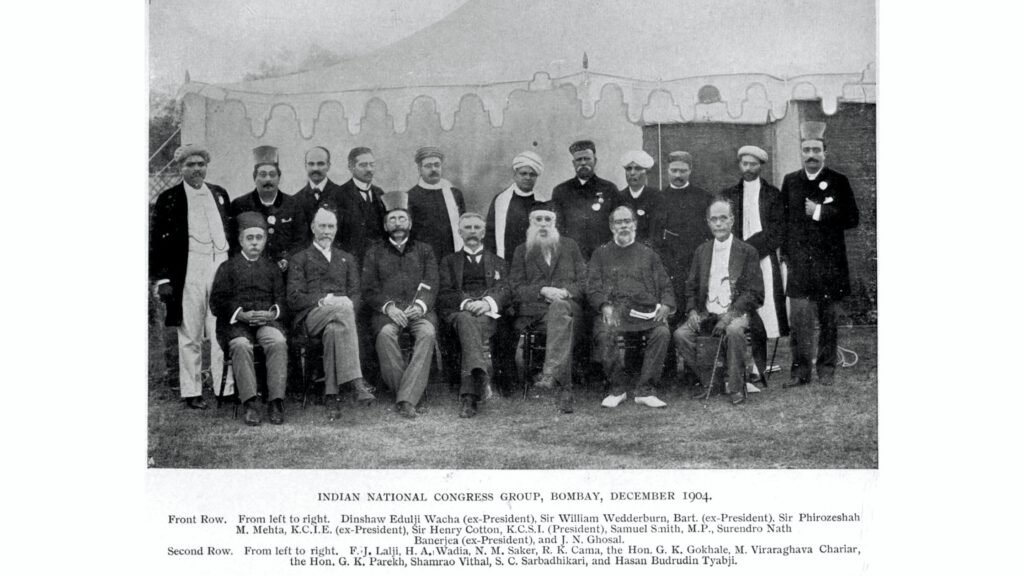
So, in Iran and Central Asia, Navroz or New Year is the Vernal Equinox day or 21st March. That is the 1st of Farvardin in their Fasli calendar. The Indian Parsis also celebrate this as Jamshedi Navroz. But functionally, the Indian Parsi New Year begins on the Shahenshahi Navroz which is a shifting date. In 2023 the Shahenshahi Navroz is on 16th August. In 1992, the Shahenshahi, Qadimi and the Fasli calendars coincided on Navroz day. This was a good opportunity to merge all three systems, but the majority of the Parsi community felt that that change would be inconvenient. On 21 March 2632 CE, the Fasli and Shahenshahi calendar will once again coincide; till then perhaps the Parsis would joyously celebrate two New Years!
Postscript
1. It is amazing how many ancient civilisations have similar memories of a global disaster. Hindu scriptures talk of Pralaya or a massive flood, and the Old Testament (which is sacred to Muslims, Christians and Jews) also talks of a similar flood. Jamshed’s high settlement appears remarkably similar to Mount Ararat in which Noah’s Ark anchored.
2. The system of adding one month is not entirely unique to Zoroastrian thought. In some lunisolar Hindu calendars, 12 lunar months of 29.5 days add up to a lunar year of 354 days. But a solar year is 365.25 years, so an extra month is added after 32.5 months. The Jews make a similar correction after the month of Adar, and the Buddhists do the same after Ashada or Waso month.
